This article compares current protests in France to the Swing riots in 19th-centurty England. Both lack a leader and spread by word-of-mouth.
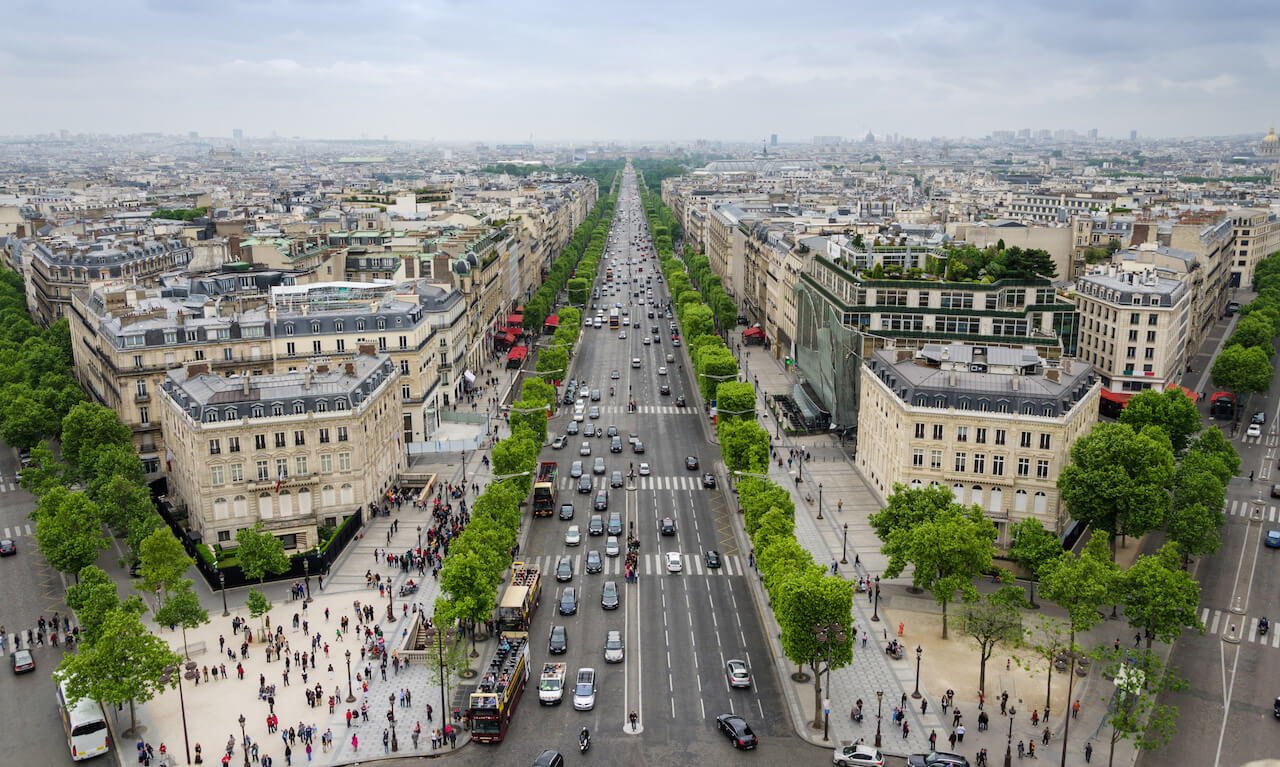

This article compares current protests in France to the Swing riots in 19th-centurty England. Both lack a leader and spread by word-of-mouth.
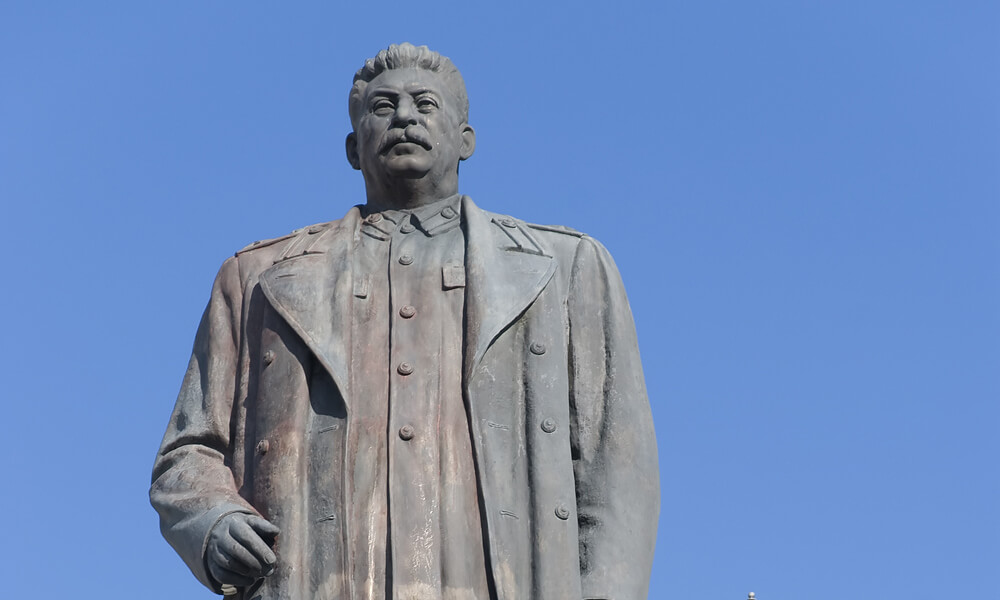
In the 1920s and 1930s, many Americans thought Joseph Stalin would reform the Soviet Union. The author of this opinion piece believes it’s wishful thinking to believe that dictators will modernize their countries in ways that move them toward democracy.
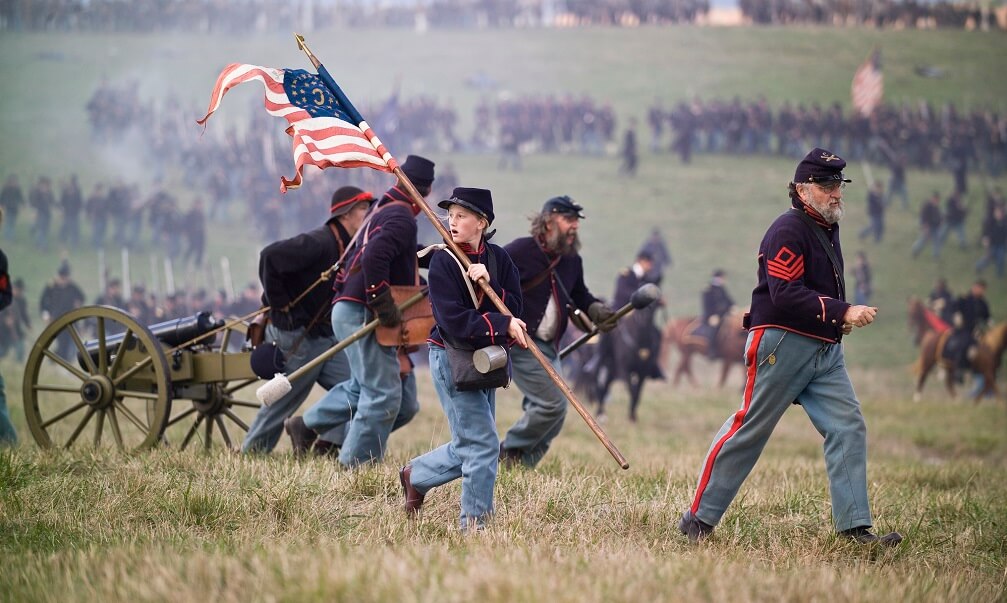
The Civil War wasn’t only confined to battlefields. Find out how the war directly affected the lives of children on both sides of the battle lines.
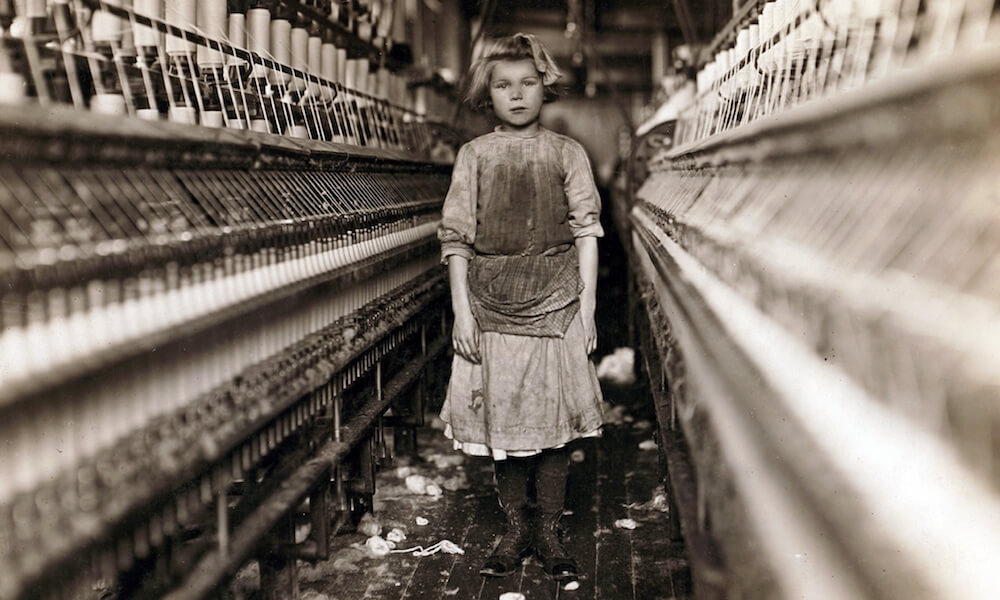
Muckrakers exposed corruption and injustices in ways that forced society to examine and confront these issues. We owe many social reforms to the efforts of these brave people.
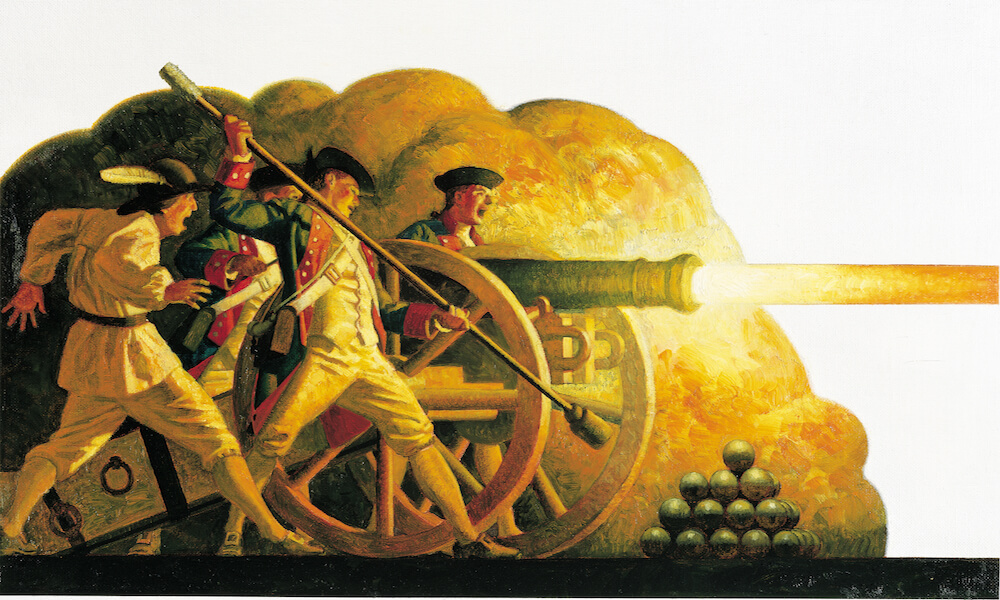
Infographics convey large amounts of information in a simple and straightforward way. Look at the entries on this engraving to learn about the Revolutionary War.
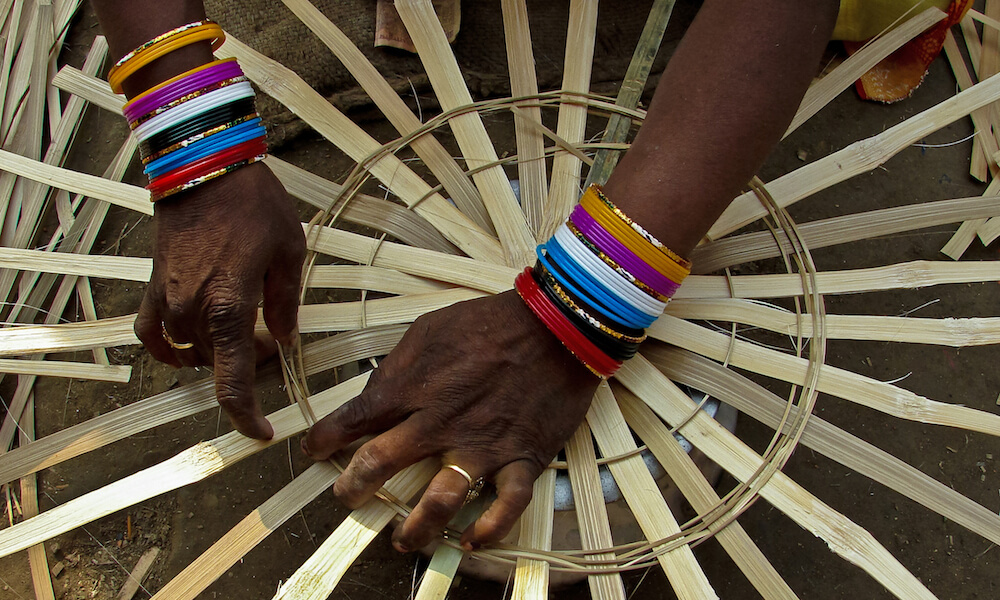
The Gullah Geechee’s culture and way of life is threatened by gentrification and land development. Customs such as fishing and basket weaving are at risk of being lost.
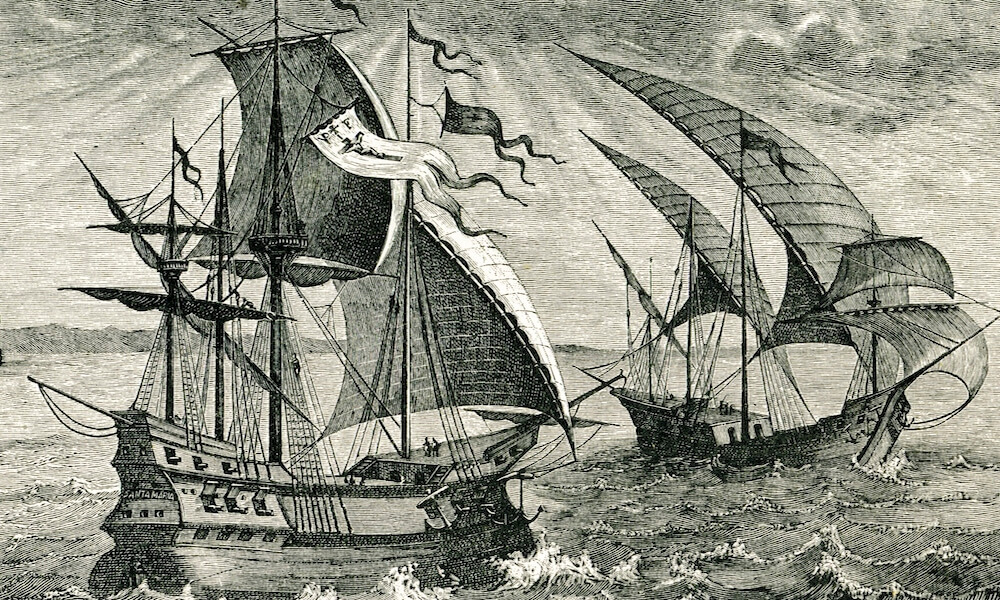
Conquistadors made their way to America in search of wealth and glory. However, their experiences and the experiences of those they encountered were anything but glamorous.

As tensions in Europe grew before the United States entered World War II, one well-off American couple decided to take action. Learn about the challenges and dangers they faced to rescue 50 Jewish children from the Nazis.

In this article, you’ll learn about an 1894 march organized to protest income inequality and demand a jobs bill. The slideshow at the top includes images of the march to Washington and its leader, Jacob Coxey.

Almost half a millennium ago in the New World, Spanish explorers heard tales of a land filled with gold and treasure. Soon, the myth of El Dorado was born. Read this article to learn the truth behind the myth. Did El Dorado really exist?

In 1969, a few young Native Americans occupied Alcatraz Island to protest the United States government’s poor treatment of all Native Americans. Read about what happened as a result of this daring decision.

The longstanding conflict between Palestinians and Jews in Israel is deep-seated and complex, with each side characterizing the same events in vastly different ways. This video series from the Council on Foreign Relations provides a neutral, even-handed view of the history of the conflict.

Even before computers made it easy, people have tampered with photographs. On this web site, you can examine an image from the Civil War and learn how experts determined it was fake.

From cave paintings to the first written words, human beings have been making themselves “heard” for a very long time. This section of the Museum of Natural History’s website provides a quick tour of how our use of language and symbols has grown over many, many centuries.

In this video clip from the nightly news, a 90-year-old Holocaust survivor takes the stage to share the music he played for fellow concentration camp prisoners.

What role did Native Americans play in the Revolutionary War? Did they generally side with the colonists or the Crown? Read to find out.

Learn more about the horrific New York fire that led to stronger regulations protecting worker safety.

This article profiles Elizabeth Packard, a woman forced into an insane asylum by her husband during the Civil War. After her release, she became a women’s rights activist who argued that the condition of women was similar to slavery.

Watch this brief video that deconstructs the Mayflower, including details about the ship itself, its passengers, and its journey. Explore related links on the site to learn more about the Mayflower and the Pilgrims.
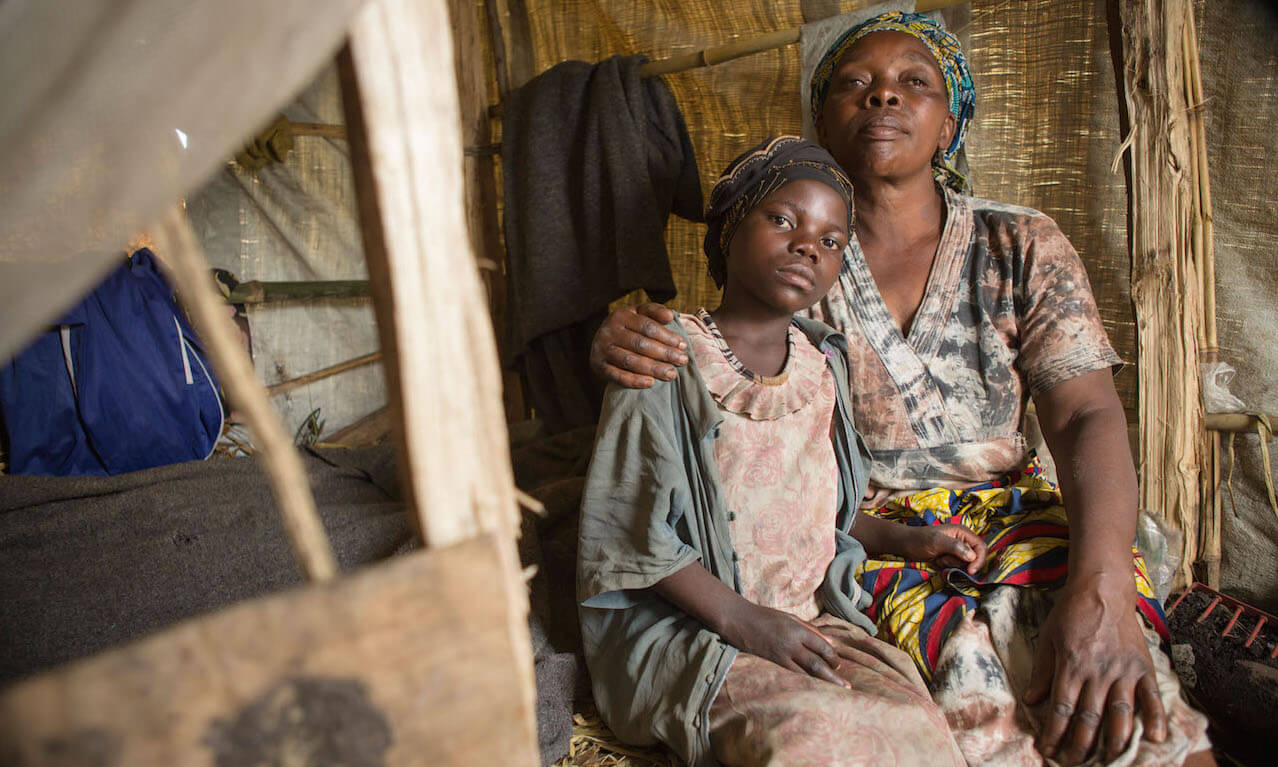
Clemantine Wamariya talks about her memoir, The Girl Who Smiled Beads, in which she writes about her experiences as a refugee fleeing genocide in Rwanda and rebuilding a life in the United States.